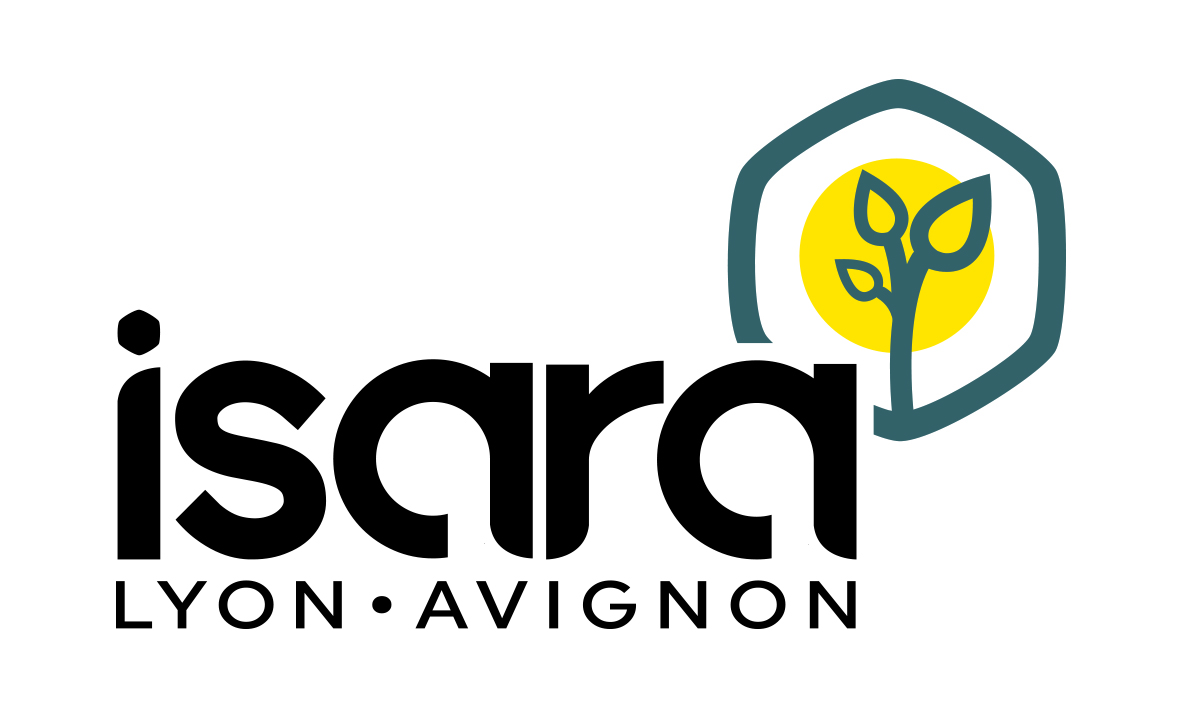Improving relay intercropping of service crop in cereal systems to cope with climate change
Résumé
Service crops into crop rotations may provide ecosystem services and reduce dependency to inputs. Its relay intercropping into a winter cereal allows better conditions for service crop emergence in spring, compared to summer sowing, with limited risks for crop productivity (Gardarin et al., 2022). Nevertheless, sowing the service crop into an established crop is constraining and may hinder its establishment as the provision of services (Vrignon-Brenas et al., 2016). The risk of failure, increased with climate change, is a serious impediment to the implementation of such practice. This work aims at evaluating options, based on farmers innovations, increasing success of relay intercropping of a legume service crop in cereal cropping systems.
The research program CASTOR (TERRA ISARA) consists first in interviewing inspiring farmers and expert having experience in relay intercropping of service crop. It permitted to identify the main lock-in farmers were facing but also the rationale for action innovative farmers developed to overcome some of them. Thereafter, on farm experiments were designed with volunteer farmers to test some of the identified techniques in different agricultural, soil and climate conditions. 16 experiments were implemented in 2 years, mainly focused on service crop implementation and services evaluation. 2 main factors were crossed: 1/ service crop species and 2/ sowing methods leading to 7 to 10 experimental plots per field. Sowing methods principles were common (1/ broadcast sowing (BS); 2/ BS + harrowing (BSH) and optional 3/ row seeding (RS) but the implementation was adapted to conditions and available machinery. Cash crop, service crop and weeds density, biomass and nitrogen content were monitored from service crop sowing to the next crop harvest. In the same period, soil water and nitrogen dynamics were monitored.
No significant impact on winter wheat yield or protein content was observed. Due to bad climate conditions, the mean emergence rate of service crops was low (~20%). In most cases (12/16 fields), sowing of red clover (cv. Lestris-RC) led to a faster and denser establishment (183pl/m² at wheat flowering) compared to white clover (cv. Melifer-WC-~108pl/m²)(p-value<0.01). WC also led to lower mean biomass production at wheat harvest (125kgDM/ha vs. 300kgDM/ha – p-value<0.01) and higher risk of failure (almost 50% of WC treatments presented no clover biomass vs. 30% for RC). The mixture of red (50%) and white (50%) clovers (MC) presented intermediate emergence and biomass production.
BS generally permitted low emergence of clovers, whatever the sown species. Subsequent harrowing (BSH) significantly improved this emergence. RS permitted to increase rate of emergence of RC but not WC. WC small seeds were not adapted to some seeders used, making very difficult to control WC sowing density. Yet, WC survival was significantly increased with RS (~25% with no biomass compared to 55% for BS treatments) but this does not lead to higher biomass production. RS only permitted to increase significantly (p<0.01) the MC biomass at wheat harvest to a level almost equivalent to RC treatments (~350kgDM/ha vs. ~400kgDM/ha).
White clover, considered less competitive for cash crop, is often implemented by farmers testing relay intercropping. However, competition with an already established winter cereal disqualifies this species in our conditions, as WC is too sensitive to radiation limitation (Frame, 2005), being less adapted to cereal competition. Broadcast seeding of service crop, largely used by farmers clearly underperforms but subsequent harrowing significantly improves the service crop establishment. Some interviewed farmers suggest RS as a way to strongly reduce sowing failure but others feared potential damage to the cereal. If no significant impact on cereal yield was measured, this technique may not be adapted to every condition (e.g. soil compaction). It is time consuming and the question of profitability of such technique has to be addressed in comparison with the broadcast seeding with harrowing technique. The machinery used strongly influences the result of the sowing (e.g. seeder not adapted to very small grains).
Frame, J., 2005. Forage Legumes For Temperate Grasslands. FAO.
Gardarin, A., Celette, F., Naudin, C., Piva, G., Valantin-Morison, M., Vrignon-Brenas, S., Verret, V., Médiène, S., 2022. Intercropping with service crops provides multiple services in temperate arable systems: a review. Agron. Sustain. Dev. 42, 39. https://doi.org/10.1007/s13593-022-00771-x
Vrignon-Brenas, S., Celette, F., Piquet-Pissaloux, A., Jeuffroy, M.-H., David, C., 2016. Early assessment of ecological services provided by forage legumes in relay intercropping. Eur. J. Agron. 75, 89–98. https://doi.org/10.1016/j.eja.2016.01.011
Domaines
Agronomie| Origine | Fichiers produits par l'(les) auteur(s) |
|---|
